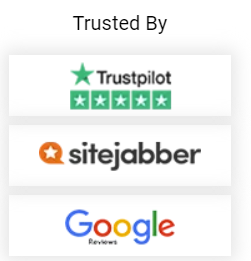Good employment relations hinge on practitioners’ recognition of ‘good practice’ and understanding why these practices are critical for safeguarding and promoting the organisation. These interests not only involve steering clear of costly and damaging litigation, but perhaps more importantly, fostering a sense of workplace fairness that builds employees’ trust and engagement. For example, when dealing with a disciplinary matter, it is crucial that: the employee in question is aware of the specifics of the allegation against them; they are given the opportunity to respond; they are given the chance to be accompanied to a disciplinary hearing; and they have the right to appeal any decision made.
The role of a people professional is key in protecting employees’ interests, regardless of the approach employed within an organisation (2018). For instance, in a unionised environment, the PP will work hand in hand with labour unions to deliver employee interests, while also upholding organisational interests (Van Buren III, 2022). Consequently, in a Unitaristic workplace, HR will act as the representative of employee interests as well as the one managing employee issues. PP can foster positive employee relations at the workplace by communicating responsibly. It is crucial to communicate with staff, acting as a link between employees and upper management. HR ensures that employees’ complaints, suggestions and interests are presented before top management (Williams, 2020).
Additionally, they ensure that any communication from top management is well-presented and received, thereby improving the employer-employee relationship. HR persuades company executives to teach and develop personnel and reward good performance with higher pay and promotions (Richardson, 2023). PP works closely with line managers to ensure they can fulfil their duties accordingly and have all the necessary tools (Paul, 2023). For instance, during the employee reward process, my role as HR Manager includes assisting in the event that a conflict arises. I also monitor the efficacy of the process to ensure that it is carried out smoothly and without undue pressure.
However, there exist numerous barriers to creating positive employee relationships. For example, it is impossible to establish good employment relationships in an environment that lacks trust. Confidence builds relationships. No relationship can flourish without trust. Communication may save or destroy relationships. Effective communication includes sending, receiving, and responding to messages (Kang & Sung, 2017). Effective communication helps employees comprehend and act on vital information. Poor communication can cause miscommunication, frustration, and reduced efficiency. Diversity and inclusion is another significant barrier faced by HR professionals while trying to create good relationships (Guest, 2017). When employees are from diverse backgrounds, conflict can become inevitable. If not properly managed, this can result in a toxic environment with limited creativity and productivity.




